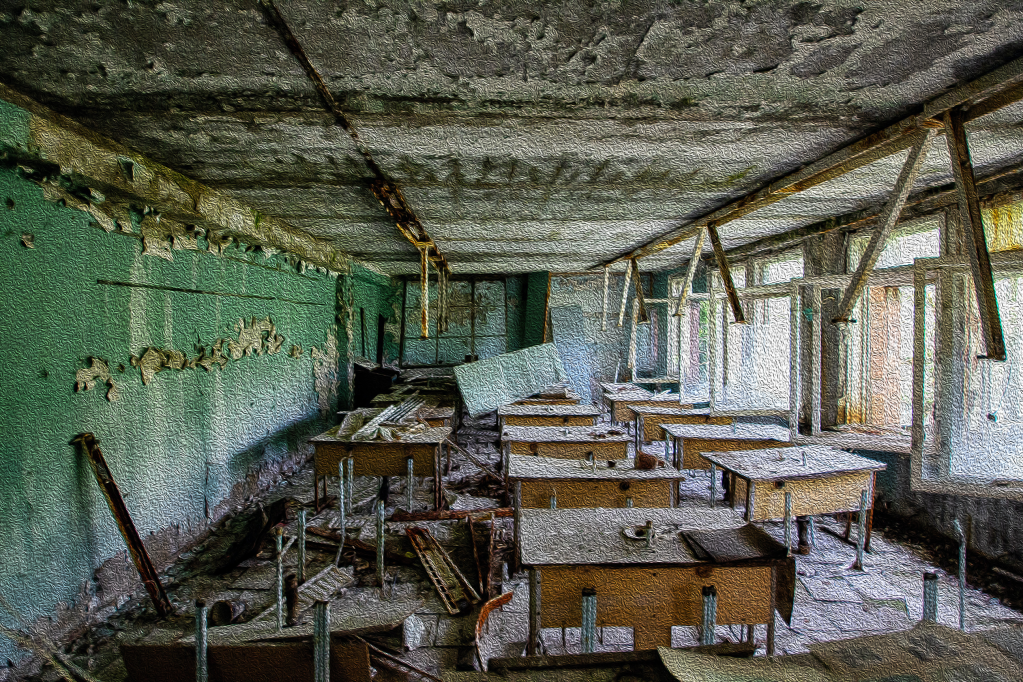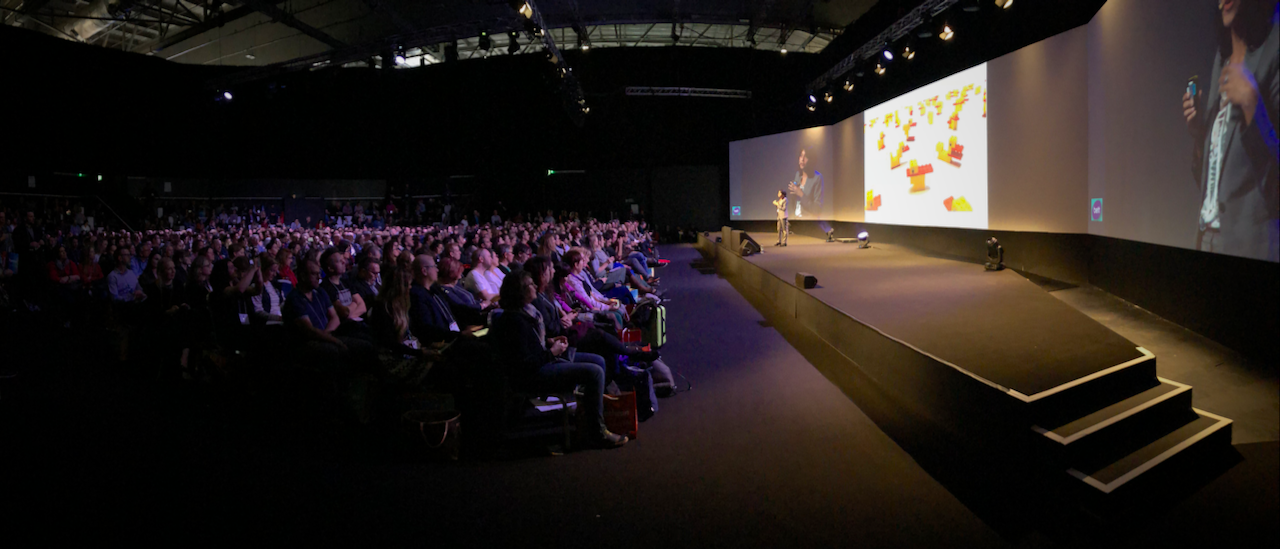How Follow / Tinker / Make / Share goes beyond the ordinary to help learners grow

To be honest, this didn’t start out to be it’s own article…. It’s actually the second half of this one which sets up everything you’ll read here. But when that article approached the irretrievable tl;dr limit of 4,000 words, I was wisely advised to split it up. If you find yourself wanting more setup, a quick trip there will help. Don’t worry; I promise not to go anywhere while you check it out. If you already read that or don’t feel a trip back there is necessary, great. Let’s get on with the show….
If you’ve arrived here, it’s hopefully because you’re either a fan of learning-by-making or are learning-by-making curious. As I’ve written previously, this approach is an important antidote for the stultifying and toxic mix that passes as ‘standardized learning.’ However, despite a raft of research and supports for integrating challenge-based, service, and maker learning, many teachers and schools are hesitant to incorporate these approaches — at least for most learners. Perhaps those in elite schools or ‘accelerated’ programs will get a chance to experience learning-by-making, but most learners simply won’t.
That’s a shame.
When it comes down to it, this isn’t because most teachers are uncertain of the benefits of learning-by-making or haven’t heard colleagues sing its praises at conferences. It’s because they just don’t have the time necessary to develop and integrate projects in an already overflowing schedule. And the pressure of standardized exams makes adopting this approach seem even less advisable. Giving learners information to memorize for the test seems so much more expedient.
But it’s also less likely to ‘stick’ — and it takes dramatically more energy from teachers to keep the wheels turning. Schools that have embraced project- and challenge-based learning, on the other hand, have seen dramatic improvements in almost every measure — often to their own surprise. If schools can just overcome the initial friction, learning-by-making proves itself every time.












You must be logged in to post a comment.